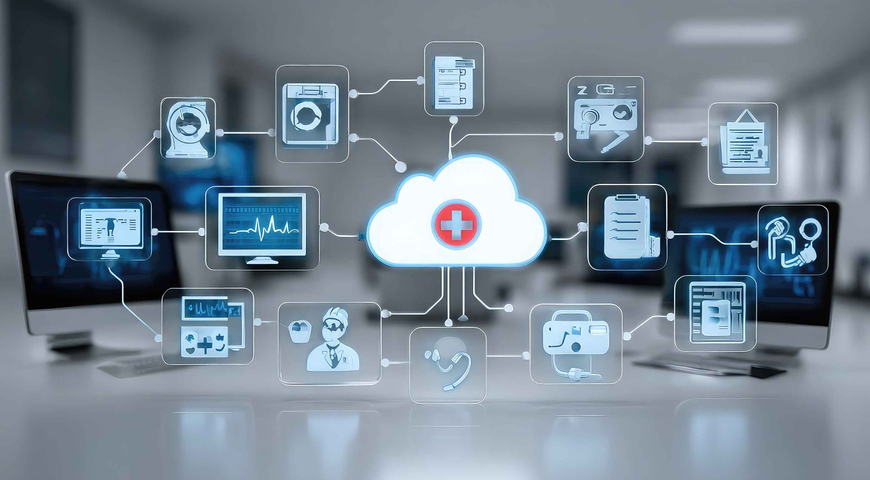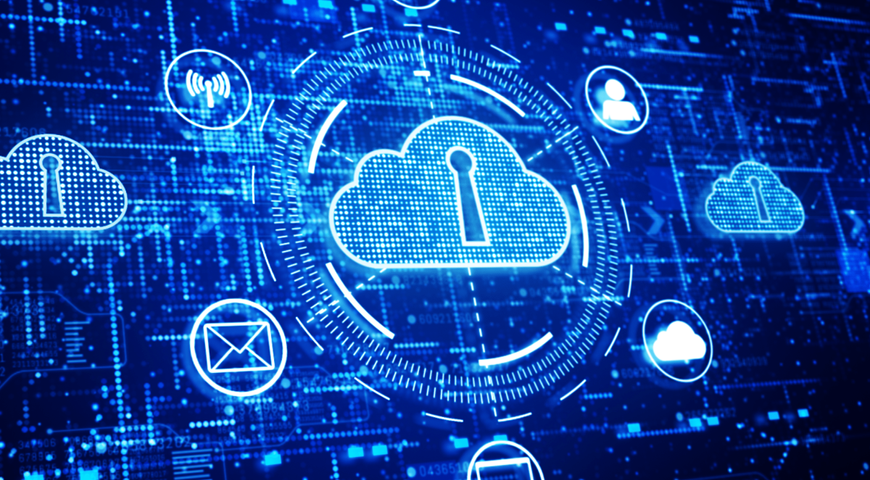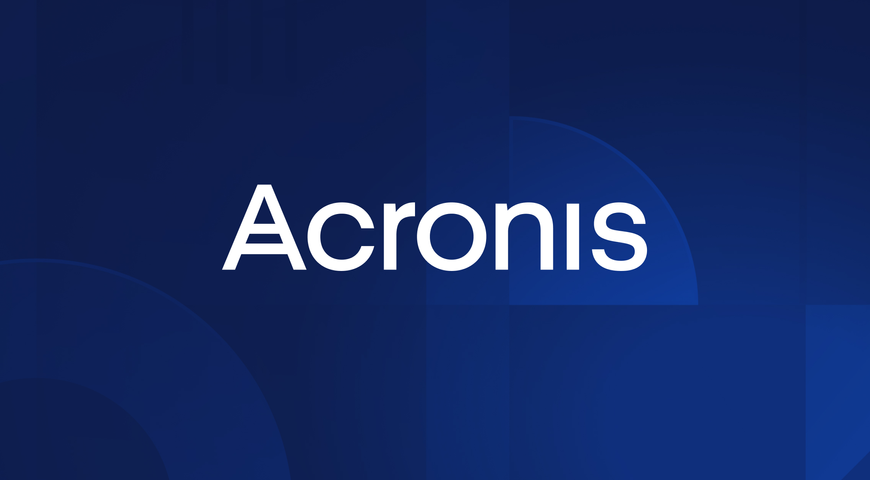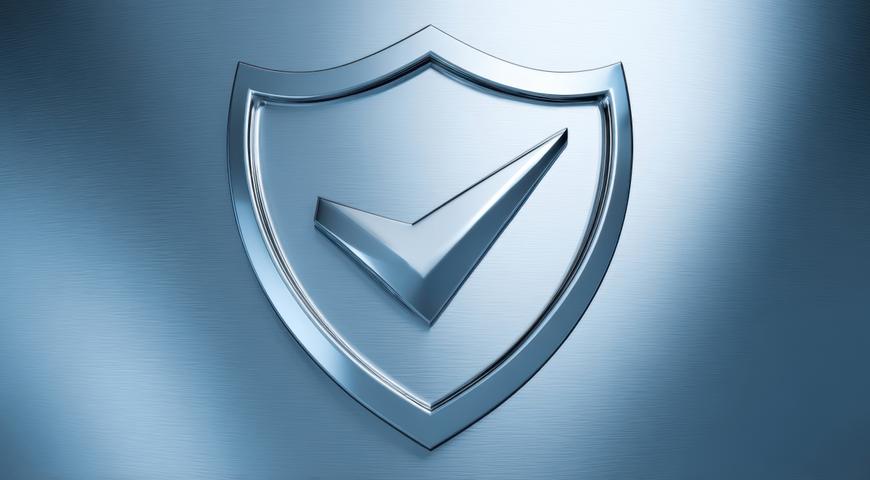
The rise of remote work and the importance of remote IT support
The COVID-19 pandemic has significantly accelerated the adoption of remote IT-managed services, as small and midsize businesses adapt to new working norms, including bring-your-own-device policies and hybrid work environments. MSPs are now poised for a surge in demand, as they expand their offerings to include everything from resolving operating system issues to conducting advanced support sessions. As businesses continue to operate across diverse locations — from offices to homes — MSPs are expected to provide top-tier professional services to meet the evolving needs of their clients.
Remote IT support companies empower their technicians to swiftly and securely manage and solve problems or perform routine tasks by allowing them to access client workloads remotely through secure sessions. Thus, MSPs must constantly develop and improve their services to provide top-notch support to their clients and solve every issue they face.
Building a foundation for remote management and support success
An MSP aims to deliver the best possible services to clients by satisfying their needs and solving problems swiftly. The key to success is creating a stable foundation with advanced security features that can constantly be upgraded and providing outstanding customer service. Every MSP must have the ability to securely access a client’s remote workstations and automatically install updates or solve PC or network device problems.
Business owners know that MSPs efficiently manage and maintain their infrastructure with a time-saving and cost-effective approach so their employees can focus on other essential tasks and projects instead of trying to solve problems themselves. Undoubtedly, remote desktop support solutions have revolutionized how modern service providers care for their clients, guaranteeing efficiency, reliability and swift solutions.
What to consider when selecting remote monitoring and management (RMM) tools
RMM software gathers information from network devices, desktops, servers and mobile devices to monitor their processes, detect issues at their early stages and perform different IT management tasks and maintenance. MSPs use RMM platforms to find potential problems in real time before they escalate and cause serious consequences.
Some features are mandatory when selecting the best RMM software. Being equipped with these important features will make it possible to resolve issues remotely, like software problems, issues caused by human error, patch management, etc. Thus, clients will not have to wait for a company technician to take care of infrastructure maintenance. This will save time, expenses and headaches. Here are the features that will make an MSP’s life easier.
With the rise of remote work and increasing reliance on technology, robust RMM tools have never been more important when managing an MSP company. While choosing an RMM platform, MSPs should prioritize features that enhance their ability to proactively monitor and manage client systems, automate routine tasks and quickly find and address issues before they escalate and cause downtime or any other serious consequences.
You have to choose an RMM platform that offers comprehensive system visibility, the ability for automated patch management, remote access capabilities, and detailed reporting and analytics. These features will position you one step ahead of the competitors and, enable you to deliver outstanding services to your clients. Investing in a reliable and feature-rich RMM platform gives your MSP company a significant competitive advantage, allowing it to streamline operations, improve response times, and deliver superior service to your clients.
Optimizing remote management for proactive IT care
Remote management is fundamental for every MSP to deliver proactive IT care to their clients. By optimizing remote management strategies and approaches, MSPs ensure seamless technology support and maximize the efficiency of their operations; thus, they will be able to deal with a larger work volume and be virtually error-free. One of the most important aspects of remote management is the ability to monitor and maintain client systems from a central location, which gives them comprehensive visibility while easing the workload.
Advanced RMM tools allow MSPs to detect issues, apply patches, and resolve problems quickly, often before end-users notice. This proactive approach is fundamental because it helps minimize downtime and enhances the user experience. Your clients will be satisfied with your services, which, of course, is every MSP goal. Moreover, remote management allows MSP companies to provide timely support and guidance to clients, regardless of location. Implementing remote management best practices, MSPs streamline their operations, improve response times, and deliver exceptional IT services that meet client expectations.
Utilizing remote monitoring helps with early threat detection
What is remote monitoring, and how does it protect you from the countless cyberthreats? MSPs leverage remote management capabilities to detect threats early and protect clients' endpoints. By connecting to new devices, software, servers and clients' computers, MSPs gain full visibility and control that enables proactive threat detection, which is important in intercepting threats in their early stages. Through remote access and configuration, MSPs monitor systems, install and apply updates, and configure security settings to stay ahead of potential issues.
Automated processes allow MSPs to scale services and respond properly to emerging threats across their client base. Remote management software empowers MSPs to identify suspicious activity, vulnerabilities and indicators of compromise before they escalate into full-blown security incidents, which, unfortunately, can cause downtime and disruptions. This proactive approach helps MSPs safeguard their clients' data and systems, delivering greater value as trusted IT partners.
Streamlining the remote support connection process
As we previously mentioned, remote work is here to stay, and for MSPs, that means tackling new challenges in optimizing performance and solving issues for clients' endpoints. The good news is that with smart strategies and effective automation tools, MSPs can fine-tune their approach to offer outstanding service and deliver better results.
The backbone of optimization is proactive monitoring. By monitoring potential issues across different networks and devices, MSPs can nip problems in the bud. Picture this: an MSP spots a slow-loading application on a work computer, affecting a client's productivity. Instead of waiting for the client to raise the alarm, they immediately resolve the issue.
Advanced RMM solutions give MSPs comprehensive visibility into their clients' IT infrastructure. They find bottlenecks and apply targeted fixes right away. Cloud-based management platforms take this further, allowing MSPs to centralize and automate their work. From one remote interface, they process software updates and implement security protocols.
MSPs also need to prioritize data backup and disaster recovery. Imagine a small business losing critical data due to a hardware failure. With robust data protection and fast restoration processes, MSPs save the day and prevent these businesses from significant setbacks and data loss.
The path to success lies in a comprehensive approach. It involves combining top-notch technology, efficient methods, and a solid grasp of the unique hurdles remote work brings. By adopting these best practices, MSPs build strong, trusting client relationships, improving performance and resilience.
The future of remote management and support for MSPs
The future of remote management and support for MSPs is marked by innovation and adaptability. As technology evolves and constantly upgrades, MSPs must embrace new tools and strategies to offer more efficient, secure and personalized services to meet client satisfaction. But how will this happen? Here are the most important aspects of taking MSP services to a new level.
Artificial intelligence (AI) and machine learning (ML)
One fundamental aspect is integrating artificial intelligence and machine learning in remote support solutions. These technologies enable MSPs to predict potential issues and improve automation on routine tasks, freeing up resources and time for proactive monitoring and more complex problem-solving tasks.
Zero-trust security models
Zero-trust security models are also part of the foundation of a better MSP's future and will enhance their remote security measures and strategies. This approach minimizes vulnerabilities and provides better protection against cyberthreats, which become more destructive daily.
Cloud-based management
Another piece of the puzzle is cloud-based management, which is gaining immense popularity and offering MSPs more flexibility, control and scalability. By leveraging the cloud, MSPs efficiently manage their client’s IT infrastructure across multiple locations and devices while also ensuring seamless collaboration — all this happens remotely.
Augmented reality
The rise of augmented reality (AR) tools presents new possibilities for more advanced remote support. AR enables MSPs to guide clients through real-time troubleshooting, providing a more interactive and effective support experience.
With all these perspectives, the future of MSPs seems bright. There is a lot of room for improvement, which will lead to even more effective, secure and reliable services for customers.
Conclusion: Mastering remote management and support for MSP success
Remote management and support are essential for MSPs to achieve their goal of long-term success. By mastering these skills and seeking constant improvement, MSPs effectively serve their clients, solve their problems and deliver exceptional customer care.
Implementing robust and efficient remote management practices allows MSPs to monitor, control and maintain their clients' IT infrastructure from anywhere, which is fundamental nowadays in our interconnected digital world, where more and more companies rely on service providers to help solve their problems every day. This includes remotely connecting, accessing and troubleshooting devices, applying software updates, and resolving issues quickly. Time is money, so you can't afford any unexpected downtime scenarios. Mastering remote support techniques, such as remote desktop sharing and virtual assistance, empowers your MSP business to provide personalized, efficient remote support to end-users without needing on-site visits.
Furthermore, effective remote management and support will allow MSPs to scale their operations, reduce overhead costs and improve overall service delivery. With the right tools and processes in place, they can streamline their workflows, enhance productivity, and deliver a superior customer experience — all while navigating the challenges of a remote work landscape.
Investing in developing and improving remote management and support capabilities is a strategic move for MSPs looking to stay ahead of the curve, adapt to evolving market demands, and position themselves for continued growth and success.
About Acronis
A Swiss company founded in Singapore in 2003, Acronis has 15 offices worldwide and employees in 50+ countries. Acronis Cyber Protect Cloud is available in 26 languages in 150 countries and is used by over 21,000 service providers to protect over 750,000 businesses.



